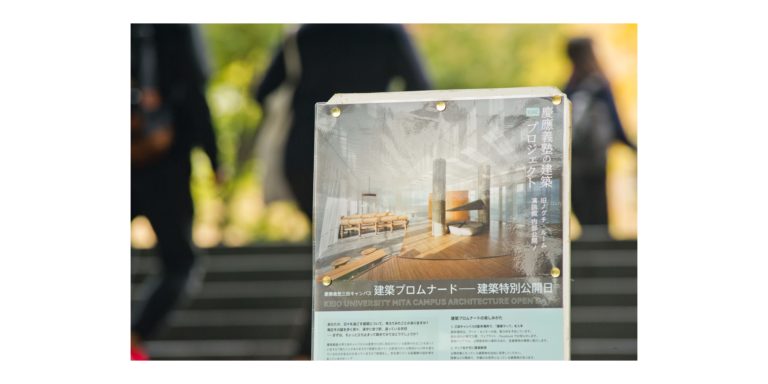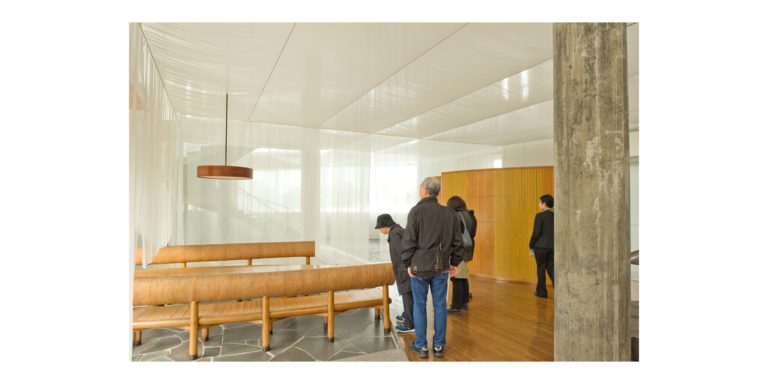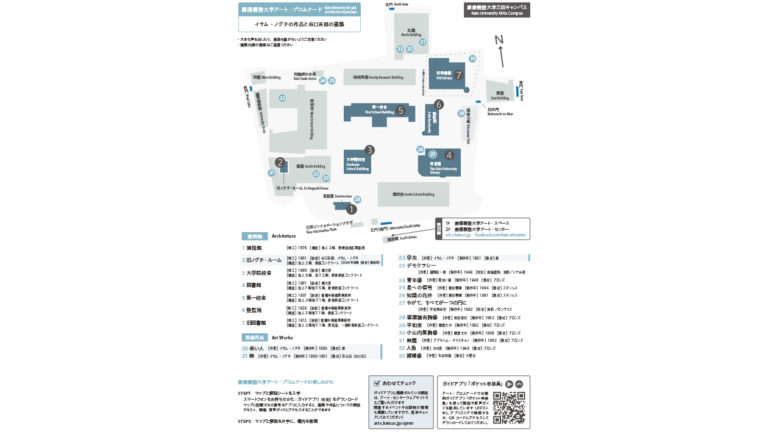Home / Creative Arts & Media / Design / Invitation to Ex-Noguchi Room: Preservation and Utilization of Cultural Properties in Universities / Architecture Open Day at the campus
This article is from the free online
Invitation to Ex-Noguchi Room: Preservation and Utilization of Cultural Properties in Universities


Reach your personal and professional goals
Unlock access to hundreds of expert online courses and degrees from top universities and educators to gain accredited qualifications and professional CV-building certificates.
Join over 18 million learners to launch, switch or build upon your career, all at your own pace, across a wide range of topic areas.



 Scenes of the Architecture Promenade (Photo: Satoru Inoue)
Scenes of the Architecture Promenade (Photo: Satoru Inoue)  Promenade Map © Keio University Art Center
Promenade Map © Keio University Art Center





